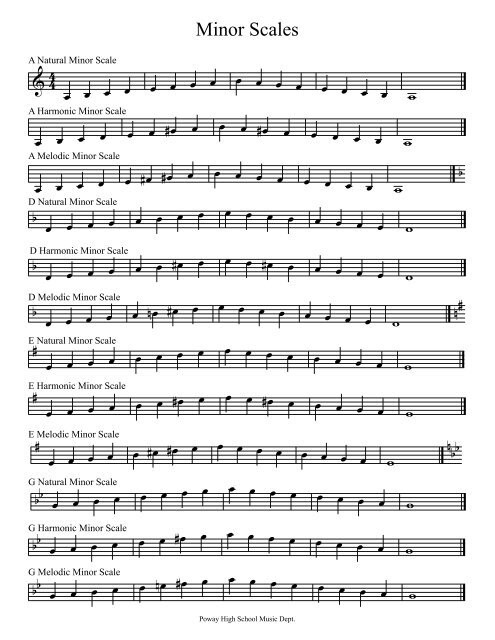
Thumb: 1, index finger: 2, middle finger: 3, ring finger: 4 and pinky finger: 5. What are the fingerings for the D minor scale? They are as follows: Lastly, one more whole step returns us to D, one octave higher. To build a D natural minor scale, starting on D, we take a whole step to E. “W” stands for whole step and “H” stands for half step. The formula for forming a natural (or pure) minor scale is W-H-W-W-H-W-W. As we’ve seen, the D natural minor uses these same notes, except that the sixth note of the major scale becomes the root note of its relative minor. The notes of the F major scale are F, G, A, B♭, C, D and E. A natural minor scale/key consists of the same notes as its relative major. The relative major key for the key of D minor is F major. Here’s the Dm scale on the piano keyboard. Here’s the D minor scale on the treble clef. Perfect 8th: D (one octave higher) is the 8th note of the D natural minor scale.Minor 7th: C is the 7th note of the scale.Minor 6th: Bb is the 6th note of the scale.Perfect 5th: A is the 5th note of the scale.Perfect 4th: G is the 4th note of the scale.Minor 3rd: F is the 3rd note of the scale.Major 2nd: E is the 2nd note of the scale.Tonic: D is the 1st note of the D natural minor scale.To learn more about this scale and others, check out my course, Learn Scales & Music Theory & Give Yourself An Upper Hand. This scale consists of the pitches, D, E, F, G, A, B♭, and C.

Let’s start with the D natural minor scale. They are the natural, melodic and harmonic minor scales. There are three types of minor scales and we shall take a look at all of them here. See also question 87.This lesson is all about the D minor scale. A descending "melodic minor" is just the natural minor scale again.

But really the minor scale is a variable one whose 6th and 7th degrees are often altered, particularly when ascending. So really the A minor scale coming downward is going to be the plain natural minor: A, G, F, E, D, C, B, A.īy long custom in music school, we say that the "melodic minor" has two forms, ascending and descending. And if the G isn't changed there's no reason to change the F, either. On the way down, a melody isn't going to need that raised 7th degree because it's not leading to the tonic - so the G can be used without alteration. We call that "melodic minor," presumably because the change was made for melodic reasons. So then the F gets raised as well, and you end up with a minor scale from A that reads: A, B, C, D, E, F#, G#, A.

That's "harmonic minor," because this change to G was made for harmonic purposes.īut if the A minor melody had an F before the G it might be good to raise the F, too, if the composer wants to avoid the exotic-sounding augmented second of F to G#. So in the scale on A that would be G# instead of G.

When a minor melody is upward-bound, the 7th degree is often raised a half step so that it will make a "leading tone" to the tonic. And of course thay same pattern of steps can be played starting on any note - like D natural minor, which is D, E, F, G, A, Bb, C, D. Start with the natural minor - that's the pattern of the white keys if you play from from A to A on the piano. D.L.Īnswer: It's not really all flats coming down. Question: What is the difference between the harmonic a minor scale and the melodic a minor scale? I know one is the same going up and coming down and one is all flats coming down. harmonic minor What is the difference between the harmonic a minor scale and the melodic a minor scale?


 0 kommentar(er)
0 kommentar(er)
